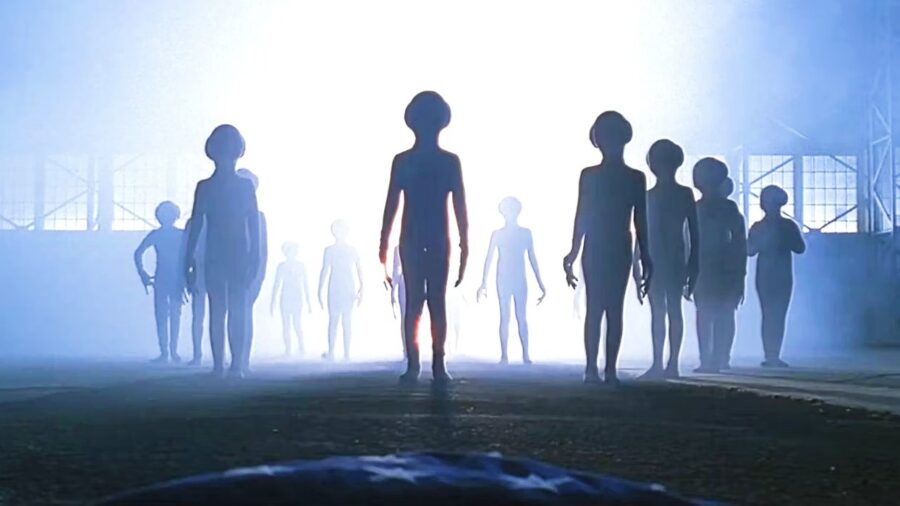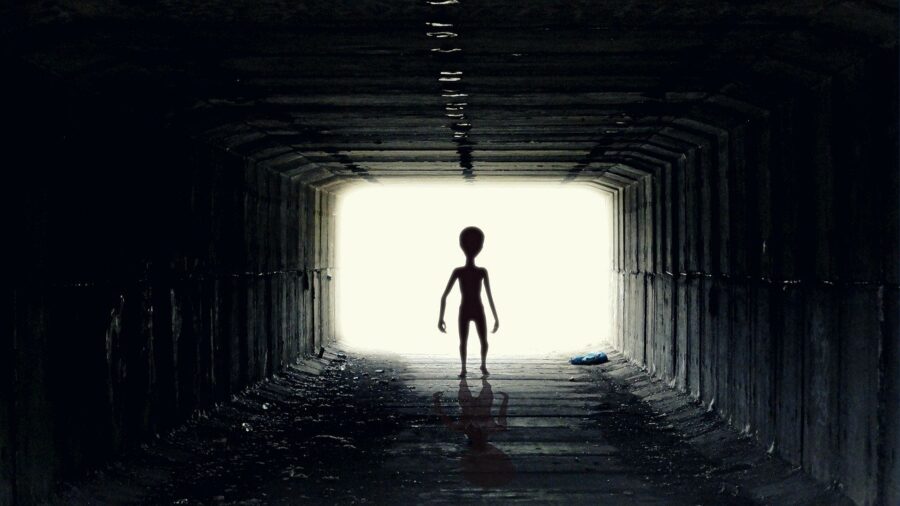NASA Developing An Alien-Spotting Telescope
NASA is working on a spacecraft called the Habitable World Observatory that may help find evidence of aliens.
This article is more than 2 years old

Since humanity first gazed up at the stars, we have been dreaming about what might be out there, and science fiction shows such as Star Trek gave us hopes of meeting aliens on distant worlds. While actually traveling to strange new worlds is nothing we can do anytime soon, Science reports that NASA is working on a special observatory spacecraft designed to help search for life on planets similar to earth that could, theoretically, be populated by intelligent aliens. This spacecraft will be called the Habitable World Observatory, and it might just change everything we know about intelligent life beyond our own planet.
We don’t yet know too many details about this observatory, but it looks like it will follow in the footsteps of NASA’s current James Webb Space Telescope. That means it will also orbit around a Lagrange Point around the Sun, and this will keep the vessel about a million miles away from our planet. This proximity will make it easier to upgrade the craft over the years to help in its ongoing mission to find aliens out there in the universe.
While distance may make the heart grow fonder, it doesn’t exactly make it easy to repair or upgrade the observatory. To account for this, NASA is going to design the observatory so that it can be upgraded by robots after it is in orbit. That way, the HWO can get much better at scanning for aliens over time as NASA tweaks the design and makes better use of emerging technologies.
Beyond the name and where it will orbit, there is little NASA has confirmed about the Habitable World Observatory except that, even in the best-case scenario, it won’t be in space until the early 2040s. Fortunately for space fans, NASA has other projects that will be completed sooner than that, including the Nancy Grace Roman Observatory. That observatory will hopefully be in place by 2027, and instead of hunting down aliens, it will hunt down both dark energy and exoplanets.

One reason for the lack of detail on the Habitable World Observatory so far is that NASA is still taking proposals for the best way to bring this idea to life. One idea proposed is to create a 4-meter-long mirror observatory while another proposed idea is to create a larger, 15-meter observatory comprised of multiple segments. The report claims that NASA’s final design will likely be a mixture of these ideas and technology inspired by them to help with the hunt for aliens on other planets.
Before NASA can get down to the important business of finding aliens and discovering what they are doing, they must clear an important hurdle: Congressional approval. NASA must deal with harsh budget constraints, and they had a very difficult time getting funding for the James Webb Space Telescope. Right now, the organization is hoping that the sheer versatility of its new design as well as the fact that it can be upgraded over time rather than expensively replaced will be enough for Congress to look at NASA’s idea to explore strange new worlds and “make it so.”












